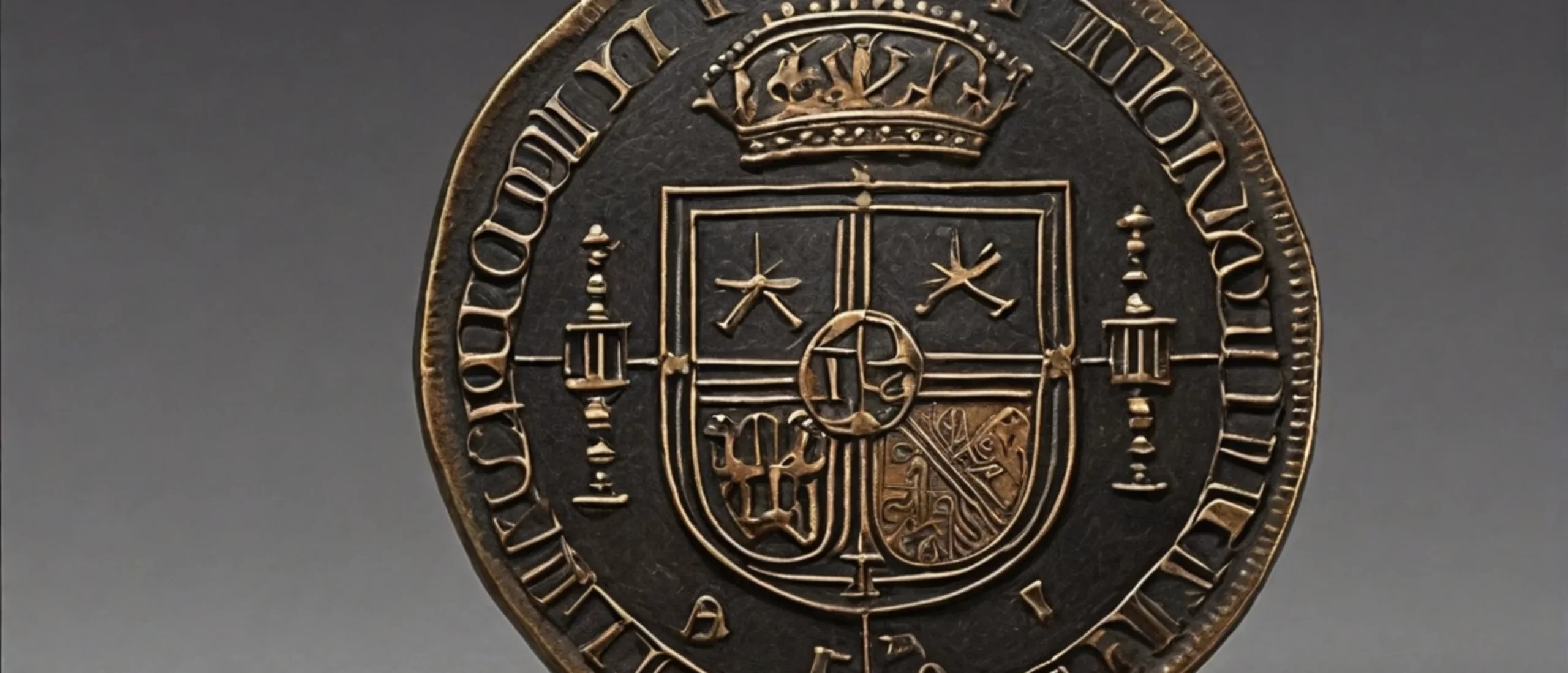Bitcoin historically has always been compared to gold, but there are many similarities between it and the Spanish silver dollar.
Bitcoin is often compared to gold, with its finite supply making it an appealing long-term store of value. While historical gold currencies like the British Empire’s sovereign and half-sovereign were promoted by the government, Bitcoin lacks a nation-state advocate. A more fitting comparison may be found in the Spanish silver dollar, or reale.
The reale thrived as a trade currency despite Spain’s decline, spreading to non-Spanish colonies due to its availability, quality, and verifiability. Created in 1497, it became known as “pieces of eight” as it could be divided into eight parts. The discovery of a rich silver source in Bolivia in 1545 fueled its success.
Unlike other currencies of its time, the reale experienced limited debasement, ensuring stable value. The Spanish government’s efforts to maintain its quality contributed to its widespread acceptance. However, Spain’s weakened economy led to the export of silver reales to Europe, benefiting competing nations.
The reale’s verifiability set it apart. Attempts by other countries to replicate it failed, as Chinese and Asian traders preferred the consistent Spanish reales. The U.S. Trade Dollar, introduced in 1873, aimed to compete but faced challenges and eventually faded as countries shifted to the gold standard.
Comparatively, Bitcoin, decentralized and globally accessible, shares traits with the successful aspects of the reale. Its availability on the open internet, consistent design, and verifiability on a public ledger parallel the qualities that contributed to the reale’s success. While Bitcoin’s status as a trade currency is debated, its features align with those that propelled the reale to recognition over a century. Whether Bitcoin gains similar recognition over time remains a question, but its availability, quality, and verifiability echo the elements that made the reale widely accepted.


